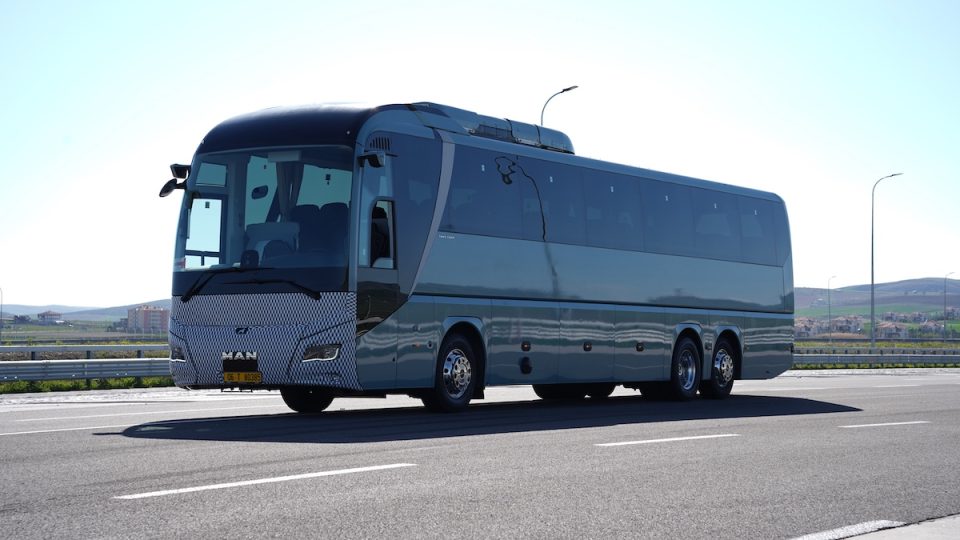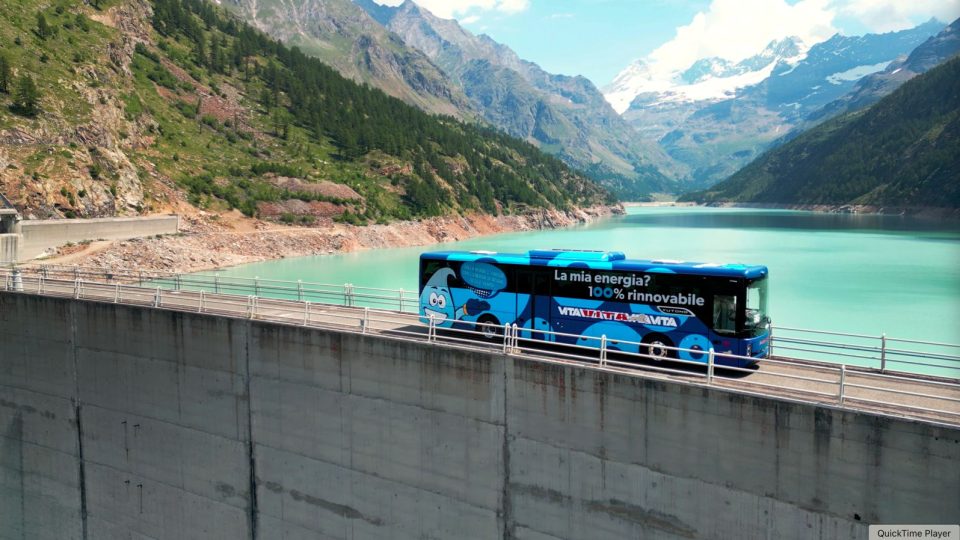Ebus test 2018 #1. Articulated electric buses face to face: VDL, Sileo and Solaris
Following, we report about Ebus test 2018, held in Bonn in October 2018. The event is organized by the German magazine Omnibusspiegel. Below, the first article, as introduction. Successively, we will publish one detailed article on each vehicle. Keep following! Between 1.65 and 1.84 kilowatt hours per kilometer. A figure that, this time, doesn’t come from […]

Following, we report about Ebus test 2018, held in Bonn in October 2018.
The event is organized by the German magazine Omnibusspiegel.
Below, the first article, as introduction. Successively, we will
publish one detailed article on each vehicle.
Keep following!
Between 1.65 and 1.84 kilowatt hours per kilometer. A figure that, this time, doesn’t come from a manufacturer’s statement. The above mentioned numbers, actually, quantify the average consumption of the three contenders (VDL, Solaris, Sileo) after three days road test in real conditions, and allow to calculate the average electric bus range. Heating off but air conditioning on. Around 20 per cent of losses during charging operation should be taken into consideration. The test we are talking about goes under the name Ebus Test and was organized in Bonn by Omnibusspiegel with the support of local public transport company SWB. Siemens, Webasto, Zf and Hübner took part to the event as sponsor.

A challenging… challenge. 18m electric buses face to face
In 2016, the first edition of Ebus Test saw six contenders. The focus was on 12 meter electric buses. Easier. Bolloré, Ebusco, Linkker, Sileo, Solaris, VDL took part to the tests. In 2018 Ebus Test was repeated with a different subject: 18 meters articulated electric buses. A choice that made the organization much more complicated, since the manufacturers of electric buses, whether they have demo vehicles, traditionally they have solo buses, not 18 meters. The answer of manufacturers, in fact, was not the largest one could desire. The companies sent to Bonn vehicles already supplied or on their way to be delivered to public transport companies: the Solaris Urbino came from Warsaw, the Sileo S18 from Aachen and the VDL Citea, who arrived “on its own wheels” from Netherlands, was ready to challenge the icy winter of Karlstad, Sweden, where Keolis purchased four units.

Electric buses under the lens
Ebus Test team gave evaluations on several detailed aspects, such as the angles of dirt, towbar’s position, handrails, and many others. In addition, of course, to a number of parameters roughly split in the following four categories: driving position, maneuverability and driving comfort, driveline, quality and habitability of the interior, air conditioning. Every aspect received a vote and/or a comment from the group of specialized journalists gathered in Bonn from France, United Kingdom, Germany and Italy. The assessments are not used to elect a winner, but rather to provide a detailed picture of each vehicle. A picture that not only sums up the technical specifications of each electric bus, but also takes into account the feeling of drivers and passengers respectively at the wheel or seated and standing on new generation vehicles.
A well represented market
Of course, there would be other competitors on the electric bus market. We could mention, among them, BYD, Irizar, Heuliez and Volvo. However, BYD has so far only two articulated electric buses in Europe, in Oslo (the model will be delivered in several units in 2019), and Volvo articulated electric bus is still at a prototype stage. On the other hand, Irizar showed a sparkling ie tram at IBE International exhibition in Rimini (end of October 2018, a couple of weeks after Ebus Test) and Heuliez has the Gx 437 Elec in its catalogue.
However, one figure remains crucial: two of the three manufacturers present in Bonn make, together, 46 percent of the European electric bus market in Jan-Oct 2018 (trolleybuses IMC excluded). VDL and Solaris, in fact, place themselves in the first two places in the ranking, according to the report realized by the market research company Interact Analysis (that is based on orders collected until October 2018). Their shares? 24 percent for VDL, 22 percent for Solaris. In a few words: the two leaders marked their presence. And they were present also in 2016. Certainly aware that from this year (2019) on, defending their positions will not be easy (a single word: eCitaro).
Electric buses: the beauty of diversity
The three participants shows three designs, three approaches to the driveline and three philosophies of recharging profoundly different from each other. Typical of any “pioneer stage“: there is no standard, options and possibilities are countless, all ways seem feasible. Let’s start from the first aspect: a glance at the pictures in this page is enough to realize how different are the projects behind the vehicles. We see, side by side, a bus version designed for BRT (VDL Citea), a bus with a traditional layout (Solaris Urbino) and a sort of middle way (Sileo S18). Coming to the driveline, in the same sequence, we have an electric bus driven by a central electric motor, one driven by a single electrified axle with motors integrated in the wheel hubs and one (true story) equipped with two electrified axles. And the batteries? VDL presented a vehicle equipped with very small batteries and arrangement for ultra-powerful rapid recharging, already adopted in Amsterdam (up to 450 kW). Solaris Urbino had medium-sized batteries and pantograph on the roof. Sileo focuses on overnight charging in the depot and, as a result, features batteries of considerable size. Chemicals are, of course, also different.









